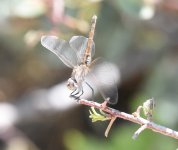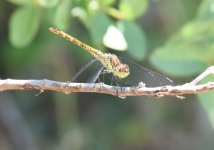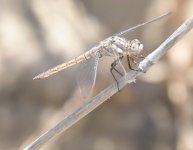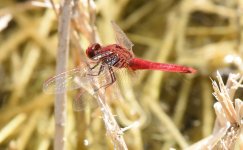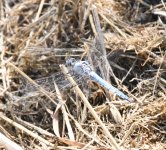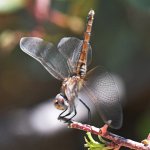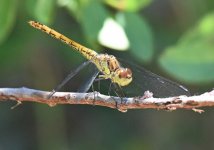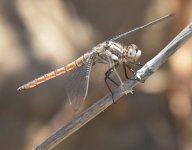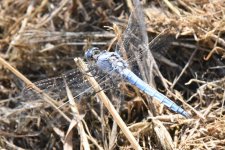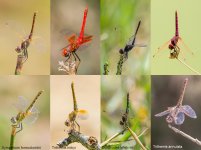Andy Adcock
Worst person on Birdforum

Had a short walk around some local fields, very hot and dry but I found a few bits so would be grateful of any ID help.
First three no clue but, blue lower eyes should narriw the first down to just two species I think?
Broad Scarlet (ignore my label) and Keeled Skimmer for the other two?
First three no clue but, blue lower eyes should narriw the first down to just two species I think?
Broad Scarlet (ignore my label) and Keeled Skimmer for the other two?




